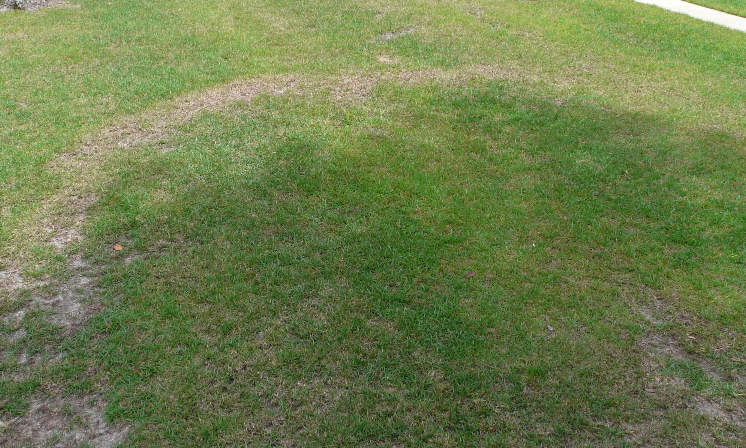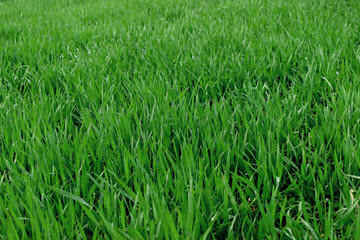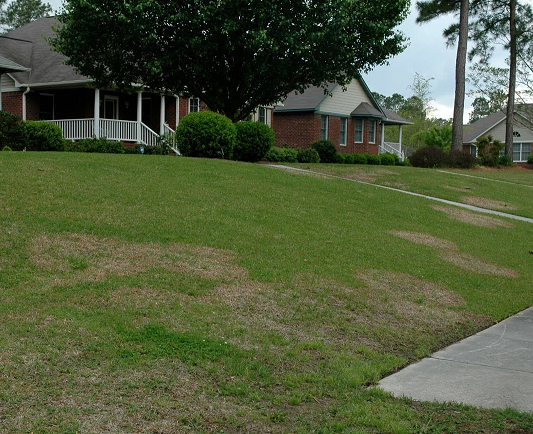This website uses cookies so that we can provide you with the best user experience possible. Cookie information is stored in your browser and performs functions such as recognising you when you return to our website and helping our team to understand which sections of the website you find most interesting and useful.

Is The Fairy Ring Disease Keeping You From Having the Lawn You Want?
Hire the Lawn Doctor of West Little Rock and find a permanent solution to these problems. Fairy ring disease is caused due to various types of fungi. Though the fungi don’t attack the grass directly, it colonizes organic matter in the soil leading to the formation of hydrophobic or dry zones. This prevents turf from developing a deep healthy root system, which creates circular or crescent-shaped areas of thin, unhealthy turf on your lawn.
The best way of dealing with this problem is to completely remove the soil to as much as 18” and replacing the area with clean soil and new sod. Our staff members use fungicides, wetting agents, and soil conditioners designed to mask the symptoms by promoting better growing conditions for the turf.

Reliable pH balancing and lime service in Little Rock, AR
pH Indicates alkalinity or acidity of soil. A pH neutral value is 7.0. Values below this level are acidic and values above this level are alkaline.You can raise soil pH with the addition of lime, which increases alkalinity, and lower it with the addition of sulfur, which increases acidity. Our Zoysia and St. Augustine lawns should be 5.8. Bermuda grass should be 6.2 and centipede should be at 5.5. We’ll apply lime or sulfur to adjust the pH level as needed.
Click here to learn more about pH Balancing and Lime Services from Lawn Doctor of Little Rock.

Understanding & Treating Large Patch Fungus Disease
Large Patch is most visible during the fall and spring under cool, wet weather conditions. It affects all grass types in our area. Large Patch prevents green-up in the spring and if not treated, will destroy the lawn! It lives in the soil.
Lawn Doctor’s spring and fall treatment program provides the best, most effective control of the Large Patch fungus.
What the homeowner can do, in addition, to help control the fungus:
• Avoid overwatering in spring and fall
• Improve drainage in wet areas
• Avoid aerating the lawn so as not to spread the fungus
